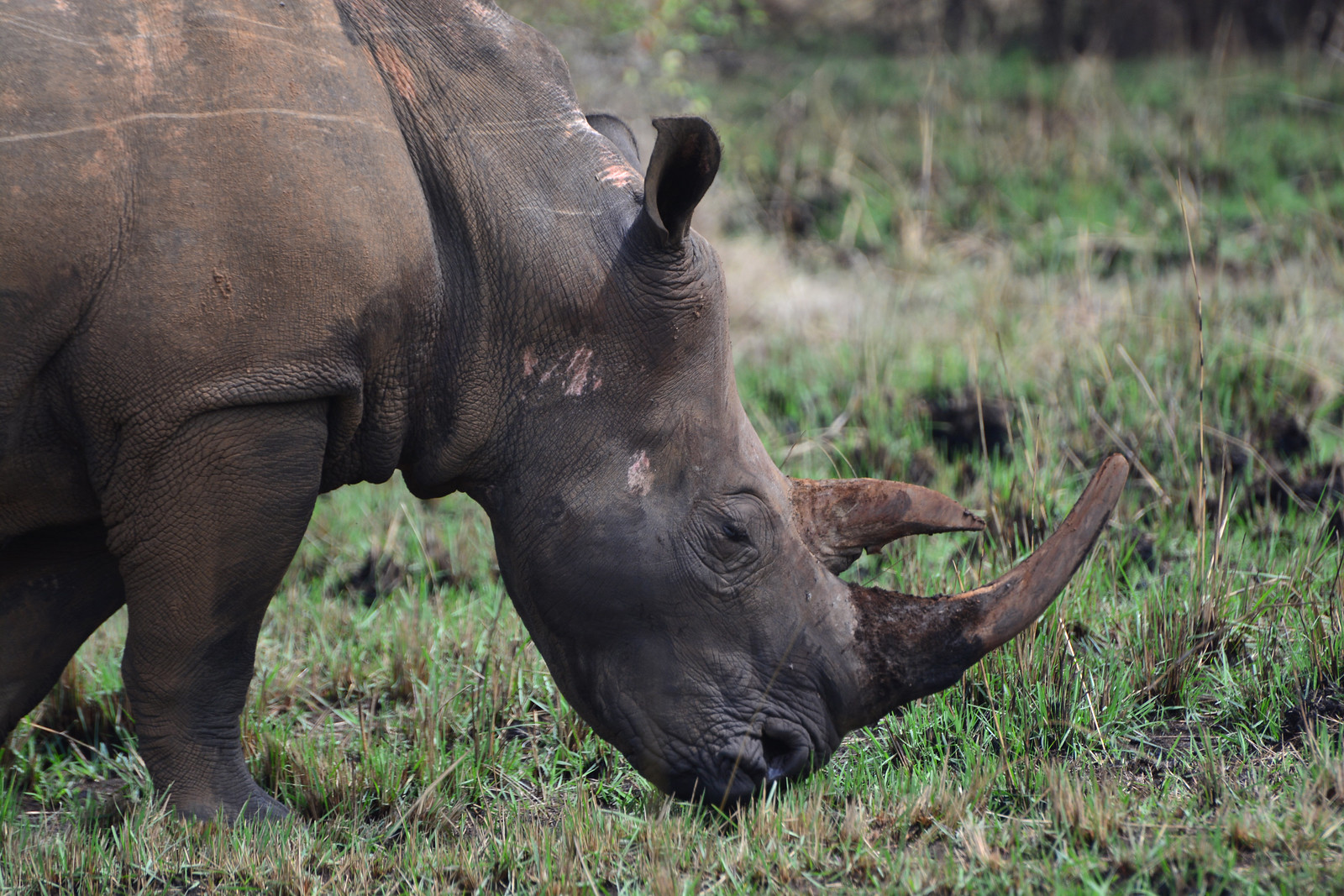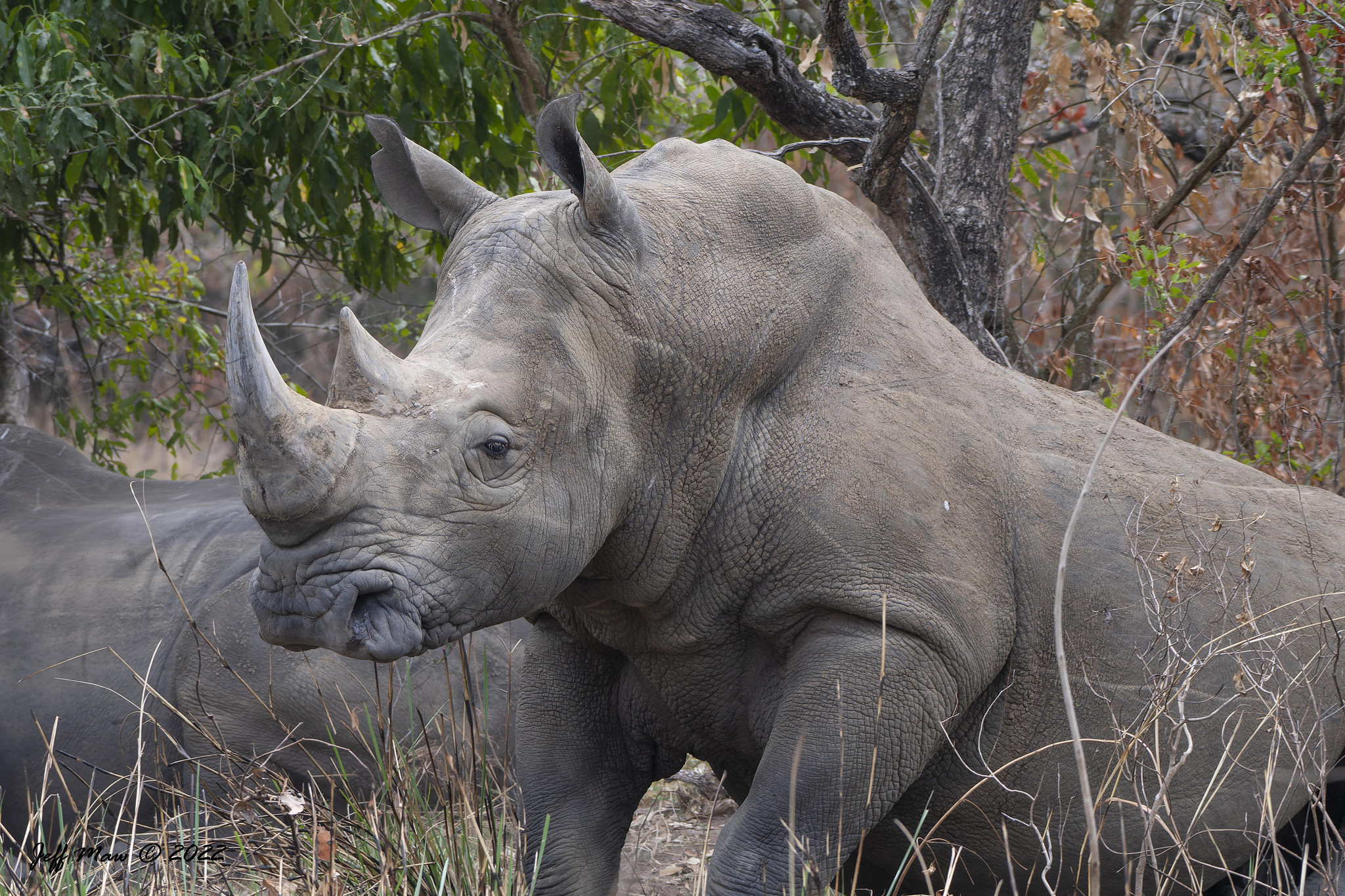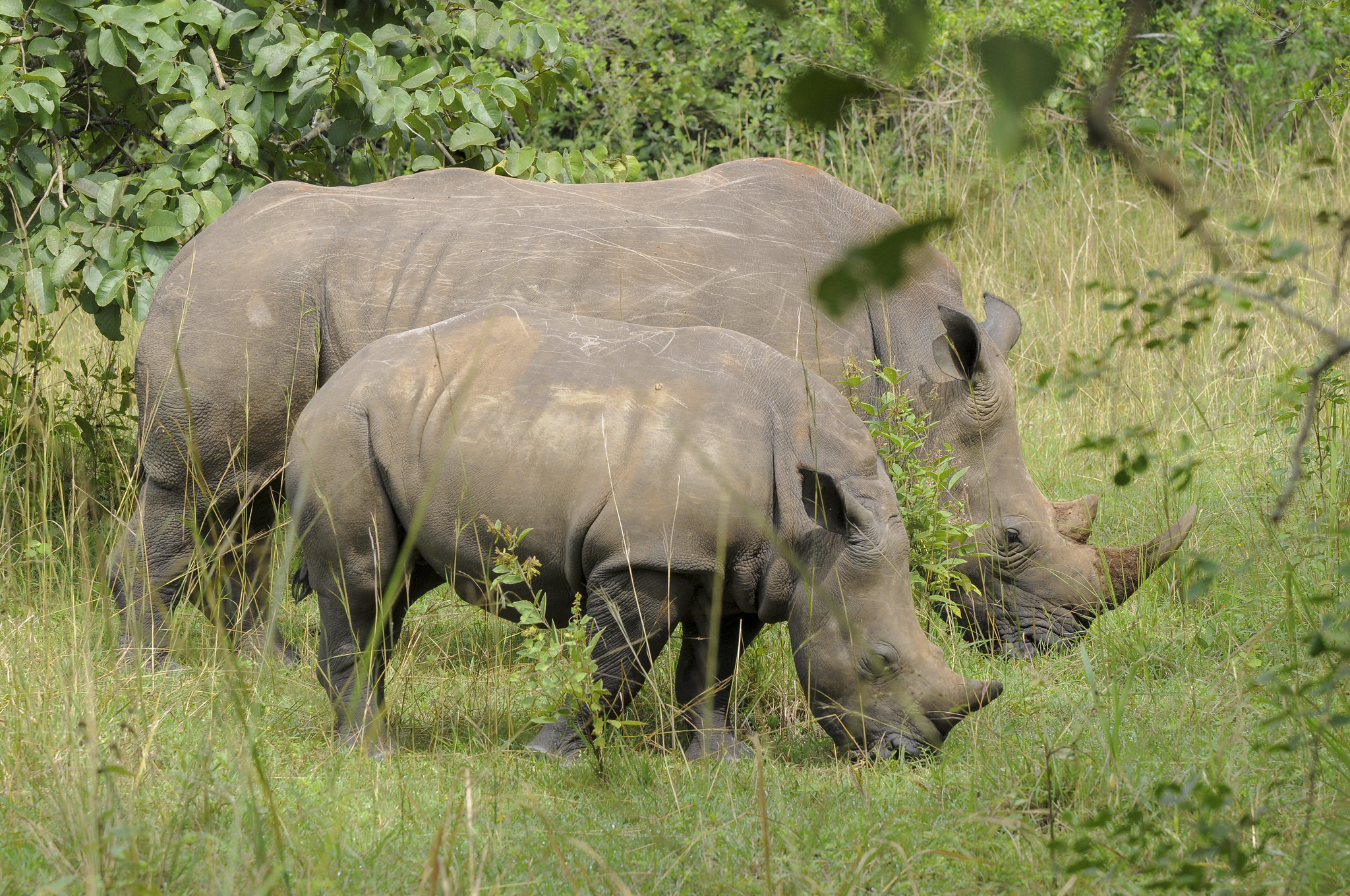Rhinoceros
Rhinoceros: The Endangered Giant of the Wild
The rhinoceros, one of Earth’s most powerful and ancient creatures, is now on the brink of extinction due to relentless poaching and habitat loss. This iconic giant symbolizes both the strength and vulnerability of our planet’s wildlife. As conservationists race against time to protect the last of these majestic animals, the rhino’s fate hangs in the balance—reminding us that saving them means saving part of the wild itself.
The rhinoceros, with its armor-like skin and iconic horn, stands as one of the most awe-inspiring animals left in the wild. Yet today, this mighty herbivore is fighting for survival. Hunted for its horn and displaced by human development, the rhino’s population has plummeted, especially among critically endangered species like the Javan and Sumatran rhinos. These animals are not just another species at risk—they are living symbols of prehistoric strength, deeply woven into the fabric of African and Asian ecosystems.
A Deep Dive into the Life, Threats, and Conservation of the Majestic Rhino In Africa
Where to Find Rhinos on Safari
Rhinos are found in several parts of Africa, although their range is limited by the availability of suitable habitats and the challenges of conservation. The best places to see rhinos on safari are typically in wildlife reserves and national parks dedicated to their protection. In South Africa, the Kruger National Park is one of the best spots to encounter both the black and white rhinoceros, thanks to its extensive conservation efforts and large populations of these majestic animals. Another prime location is Hluhluwe-iMfolozi Park in KwaZulu-Natal, where you can see rhinos in a natural and protected environment. In Kenya, the Ol Pejeta Conservancy is home to a significant population of rhinos, and it also hosts the last two northern white rhinos in the world. The Ngorongoro Crater in Tanzania and Zimbabwe’s Hwange National Park are also great locations for rhino sightings, with both parks offering incredible opportunities to see these animals in the wild.
Best Time to See Rhinos
Rhinos are most active during the early morning and late afternoon, so the best times for sightings are during these hours when they are out grazing or drinking at waterholes. The dry season, which lasts from June to October, is particularly good for rhino sightings because the vegetation is less dense, making it easier to spot them as they wander in search of food and water. However, as rhinos are not as elusive as other animals like leopards, they can often be found throughout the day in areas where food and water are abundant.
The Rhinoceros’ Role in Africa’s Ecosystems
Rhinos play a crucial role in the ecosystems they inhabit. As large herbivores, they help maintain the health of their environment by grazing on grasses and shrubs, which in turn helps prevent overgrowth and keeps the landscape open for other species. Their movement through these areas also creates paths that smaller animals can use to navigate the terrain. Moreover, the dung of rhinos serves as a vital resource for many organisms, from insects to plants, by fertilizing the soil and promoting plant growth.
Rhino Behavior: Strength, Solitude, and Preservation
Rhinos are solitary creatures, particularly the black rhino, which is known for being more territorial and aggressive compared to the white rhino. White rhinos, on the other hand, are more social and can often be seen grazing in groups. Despite their size and strength, rhinos are not naturally aggressive towards humans, though they will defend themselves if they feel threatened. They rely on their keen sense of smell and hearing to detect danger, as their eyesight is relatively poor. Rhinos are herbivores, feeding mainly on grass, leaves, and shrubs, and they spend much of their time grazing.
Due to the high value of rhino horns on the black market, these animals have become prime targets for poaching, leading to a significant decline in their numbers. Conservation efforts, including anti-poaching measures and habitat protection, have been critical in stabilizing some rhino populations, though much work remains to be done to ensure their future survival. Many parks and reserves across Africa are working tirelessly to protect these ancient giants from extinction, making a rhino sighting on safari all the more precious.
How to Spot Rhinos on Safari: Tips and Tricks
Finding rhinos on safari can be relatively easy compared to other more elusive creatures like leopards, but it still requires some knowledge of their habits and the right timing. Look for them in areas with open grasslands or near water sources, as they need access to both food and water. Rhino sightings are most common early in the morning or late in the afternoon when they are out grazing. Having a knowledgeable guide with you will also increase your chances of spotting them, as they know the best places and times to find these impressive creatures.
Fun Facts About Rhinos
Rhinos are one of the oldest living mammals, having existed for millions of years with very little change in their physical appearance. Some fascinating facts about rhinos include:
Impressive Size: Rhinos can weigh up to 2,500 kilograms (5,500 pounds), with their thick, armored skin offering protection from predators and harsh environmental conditions.
Threatened Species: While the black rhino is critically endangered, the white rhino is considered near-threatened but has benefited from conservation efforts in the past few decades.
Unique Horns: A rhino’s horn is made of keratin—the same material that makes up human hair and nails—and can grow up to 1.5 meters in length in some species.
Sensitive Hearing and Smell: Despite their size, rhinos have an excellent sense of hearing and smell, which they rely on to detect potential threats.
Why the Rhinoceros is a Must-See on Your Safari
Rhinos are one of Africa’s most majestic and powerful creatures, and spotting them on safari is a rare and unforgettable experience. Their ancient presence, combined with their sheer size and strength, makes them one of the most awe-inspiring animals to observe in the wild. Whether you’re watching a rhino graze peacefully in a grassy plain or encountering one up close in a game reserve, rhinos embody the spirit of Africa’s wilderness. As one of the Big Five, they are an essential part of any safari experience, and their continued survival depends on the ongoing efforts of conservationists, local communities, and safari-goers alike.





